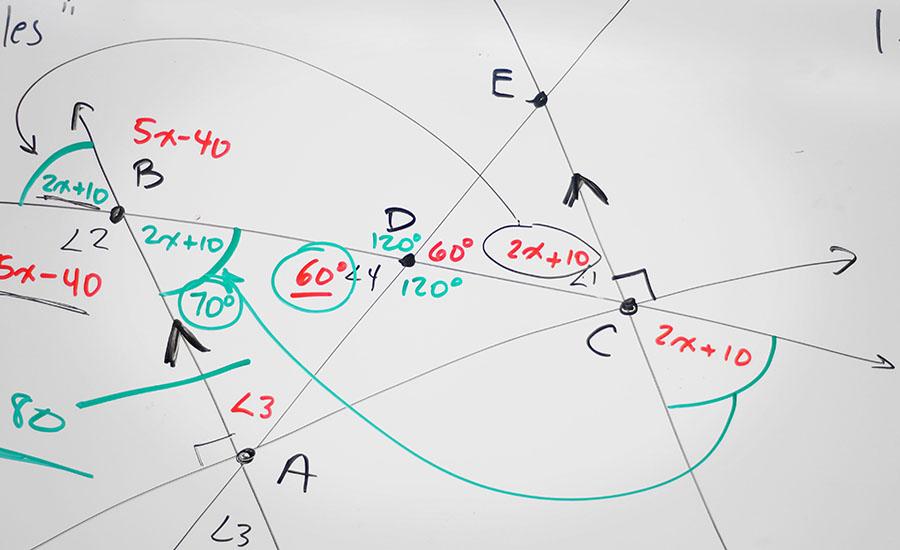This hands-on lesson is geared towards an introduction to engineering and electronics in creating a simple nanobot from cardboard, a coin battery, and vibrating motor. Students use the engineering
In this hands-on lesson, students will model transfer of kinetic energy by preparing and measuring the temperature of two equal quantities of water, before mixing them together and then measuring the
In this engaging lesson, students construct a real solar oven, cook food, gather data, and analyze the data to interpret if their oven was successful or not. The lesson culminates with a presentation.
In this creative and engaging lesson, students will create a card that incorporates a circuit design to add a light component.
In this engaging and creative lesson, students get a feel of what it is like to be a chemical or materials engineer. Each group will make their own bioplastic using cornstarch, vinegar, water, and
In this creative lesson, students will use a slinky to model two types of waves: longitudinal/compression waves and transverse waves. Through class exploration, students will first practice making the
In this engaging lesson, students will model a standing transverse wave using a slinky and collect measurements to find the amplitude, wavelength, and frequency of their wave in order to calculate the
In this engaging lesson, students complete 2 labs to investigate and analyze how the force of gravity impacts objects. The lesson is formatted for Argument Driven Inquiry design, which means it starts
In this hands-on lesson, students explore force and motion. They will plan the construction of a slide for a marble that will show how the unbalanced force of gravity will act on the marble in order
In this hands-on lesson, students will test how long an ice cube takes to melt in the classroom. They will then design and build a structure that will prevent a 1-gram ice cube from melting completely
Salt Lamps and Plants
In this hands-on lesson, students learn about the discipline of structural engineering by using the engineering design process to create a load-bearing structure. The purpose of this lesson is to
Today we will engineer air powered rockets. To do this we will: Watch a video and note the shape of rockets and learn about countdown and liftoff Name shapes as we brainstorm and sketch plans Build
Today we are engineering marble runs. To do this we will: Share ideas Brainstorm and sketch plans Count and measure Collaborate and communicate effectively with others
In this hands-on lesson, students explore unbalanced forces through a variety of learning experiences and reading material. They then create simple machines to demonstrate unbalanced forces.
In this lesson, students will research to plan and design an "energy store" (battery) that will utilize potential and kinetic energy to power a city.
In this creative lesson, students focus on inertia while exploring the magnetic compass and its errors while flying an aircraft.
Messin' with Mixtures
Students will expand their knowledge of Newton's laws while building, launching and changing the design of paper rockets. This design and modeling exercise by JPL/NASA starts students off with a
This is the 2nd lesson is a 2-part series. Students will expand their knowledge of Newton's laws while building, launching and changing the design of paper rockets. This design and modeling exercise
This lesson has a focus on Bernoulli's Principle, the venturi, and how it applies toward creating lift on an aircraft.
In this outstanding lesson, teachers facilitate students to design and build Meet Edison Robots for Cougar Clash “BattleBot” robot battle classroom tournament. (We named ours Cougar Clash as your
Featured Lesson Plans
Check out these notable lesson plans.

Students use Google Earth Timelapse to observe changes to glaciers over time before completing an investigation on the effects of melting sea ice and land ice on global sea level rise. This

This is the second lesson plan that goes with the series of four lesson plans for the book Song for a Whale by Lynne Kelly. This lesson focuses on vibrations, sounds, and music. The final project is

SNOW
This lesson includes literacy, math, and art about snowflakes. Within math, students will dive into an analysis of angles within a common snowflake. Students will listen to an informational text about


